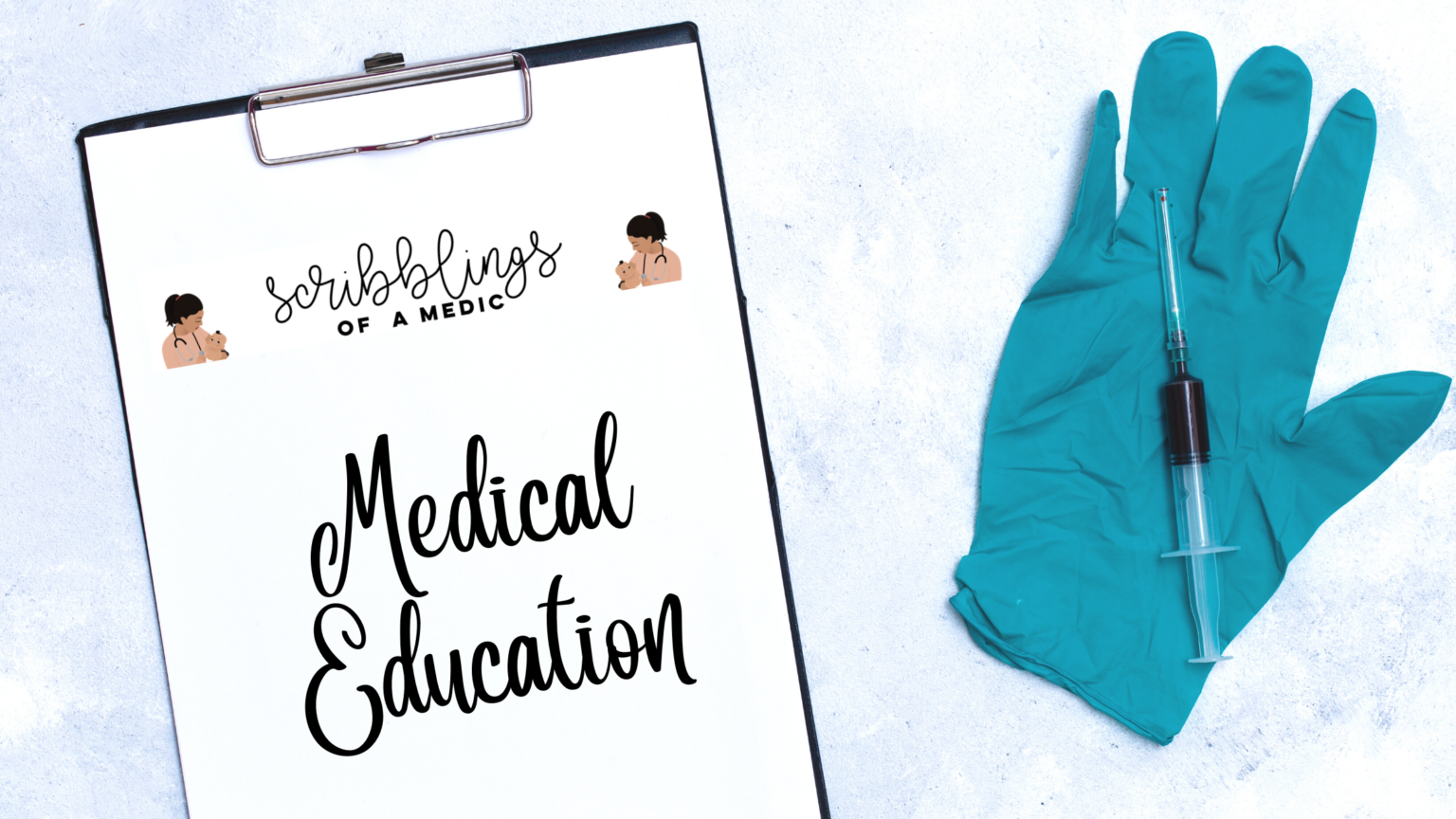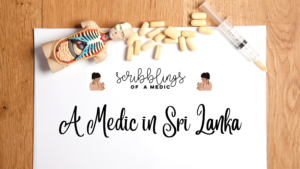As an intern you deal with so many blood transfusions, you become a borderline vampire. In surgery it’s the never ending trauma, in obgyn its’ all the post-partum haemorrhage whilst in paediatrics it’s all the thalassaemia patients. (In medicine it’s basically everyone!) If you are super unlucky, you’ll end up in a hospital that requests you to go and do the cross-match yourself. I initially had to learn the long long scary process of cross matching blood, but thankfully my consultants realised it was dumb to ask an intern to go to the blood bank and do the cross matches. I mean it’s a life/death situation and as if we didn’t already have enough work!
Routine blood requests should be sent before 11:00 a.m. so make sure your request forms are filled instantly on the morning ward round because there is no time. Cross matching blood takes approximately 20 minutes for an experienced doctor (45 minutes otherwise) so in an emergency situation don’t expect the blood in 5 minutes unless your consultant is willing to sign off on O-ve uncross-matched blood or group specific uncross-matched blood (this also takes 15 minutes).
Once the blood is dispatched from the blood bank it should ideally be given within the hour and if you want to return the blood pack then it should be done within half an hour.
Requesting blood becomes a part of your daily life and it is essential that you know how to request and give blood.
For Adults
How much of blood should I order?
The norm is that if it’s a routine blood transfusion, then your consultant will specify how many pints of blood is required. If it’s for an elective surgery where you are expecting to have operative blood loss, then you will need to reserve blood the previous day (the blood bank ain’t going to be happy if you spring this surgery on them the last moment).
- SFL Ligation surgery requires 1 pint of blood reserved.
- Thyroidectomies require 2 pints of blood reserved.
- Laparotomy surgeries (i.e. colectomies) will require 2 pints of blood reserved.
In an emergency such as trauma, you need to order 2-4 pints of cross matched blood – consult your senior before ordering.
How do I order blood?
The first thing that needs to be done is to give is to fill out the red cell products request form. The form needs to contain IDENTICAL information to that which is found on the front page of the BHT or it will be returned to you.

Blood request form – Adult
Then on the BHT you need to request the blood from the blood bank (example below – always remember the date and time). The BHT is then sent to the blood bank.
20.07.18 8:00 a.m.
MO Blood Bank
Please be kind enough to issue 2 pints of blood for this patient today.
Thank you,
{Sign} {Designation}
Once the blood is ready (call the blood bank and ask) then you need to resend the BHT with a cool box – blood will be issued to the request you have already written above.If it’s not an emergency, request one blood pack at a time.
How do I give the blood transfusion?
Once you receive the BHT, the blood bank will also issue the blood pack with a transfusion kit and the blue chit (actually white in my hospital – it’s the form where the patient’s blood group and the donor’s pack number is recorded). In the BHT, there will be a seal with the details of the blood pack sent filled by the blood bank MO and a section with details for you to fill (e.g. below).

Blood bank stamp – to be filled by MO blood bank and the transfusing doctor
Without looking at the details filled by the blood bank MO, using the details available on the blood pack and the blue chit fill in the other side of the seal with the appropriate
details. Once completed, compare the side you just filled in with the one filled in by the blood bank MO. All details must be identical – if not identical, immediately inform the blood bank and send the blood back with the BHT.
Once identical you need to write down monitoring instructions in the BHT for the nurses, i.e.
- Blood pack checked and is compatible.
- Start transfusion slowly.
- Monitor the patient’s BP, PR, RR and SpO2 every 15 minutes for 2 hours, then every half an hour for 2 hours and thereafter hourly. (This depends on how slow you send the blood).
- Keep the patient under observation for any reactions.
- If any reaction: stop transfusion immediately, inform house officer, give IV hydrocortisone 200 mg stat and IV chlorphenaramine 10 mg stat.
When starting the transfusion always make sure the patient is in a bed easily visible to the nursing area for monitoring purposes.
How to connect the blood to the transfusion set!
- Don a pair of sterile gloves and connect the transfusion set to the blood pack (video on instagram).
- Bring the roller flow clamp towards the middle of the tube length and close the roller.
- Remove the spike cap from the spike end of the transfusion set and pierce it through the opening port in the blood pack.
- Squeeze the drip chamber to fill it
- Once half filled slowly release the roller flow clamp until blood fills the tube until just at the needle end (DO NOT LET THE BLOOD FLOW OUT) and re-close the roller clamp.
- Check the entire tube to ensure no air bubbles. If air bubbles are present, keep tapping the tube until all air bubbles are dislodged and released.
- Remove the needle end of the tube and connect the connector to the patient’s IV cannula.
- Hang the blood on a stand to allow gravity flow.
- Once connected, slowly release the roller clamp to start the transfusion.

Blood transfusion set
For Children/Neonates
How much of blood should I order?
In paediatrics, blood is given according to the body weight of the patient. Listed below is how you would calculate for neonates and for certain paediatric patients.
For neonates:
- Example: A 22 day old baby with a POA of 32 weeks was found to have an Hb of 8.9 mg/dl. Despite ongoing supplements of iron, multivitamin and folic acid, you need to transfuse blood. The baby weighs 1.4 kg.
- Total blood volume required by baby: 10ml × body weight (1.4 kg) = 14 ml
- The transfusion set tubing will contain 15 ml of blood so that needs to be added onto the volume required as 15 ml of blood will remain in the tubing.
- Total blood volume for transfusion: 14 ml + 15 ml in the tubing = 29 ml
For children (especially thalassaemia patients):
- Example: A 9 year old child with ß-thalassaemia presented for her monthly blood transfusion. The child weighs 20 kg and her current haemoglobin level is 7.7. Calculate her blood volume required for transfusion.
- Total blood volume required by child: (14 – current haemoglobin level) × 4 × body weight
- Total blood volume required by child: (14 – 7.7) × 4 × 20 = 504 ml
- Maximum volume of blood per day: body weight × 10 ml = 20 × 10 = 200 ml
- So this child can only take 200 ml per day but requires more than twice that volume. The child will therefore have to stay in hospital over 3 days for the transfusion so divide the total volume by the number of days in hospital.
- Day 1 total blood requirement: 168 ml + 15 ml (for the tubing) = 183 ml
- Day 2 total blood requirement: 168 ml + 15 ml (for the tubing) = 183 ml
- Day 3 total blood requirement: 168 ml + 15 ml (for the tubing) = 183 ml
How do I order blood?
So requesting blood products is almost the same as for adults, but if the baby doesn’t have a name yet, write down the exact name mentioned in the BHT. In the form you don’t order blood packs for children, but you order the volume of blood according to the body weight of the child.

Blood request form – Paediatrics
The form also requires a mother’s blood sample to be sent if the baby is <4 months and mostly we give neonates fresh blood. Then the mother’s name and BHT (if she has one) should be mentioned at the top of the form also stating that the mother’s blood sample has been sent with the baby’s sample.
Ordering the blood sample in the BHT is the same as for adults, except you mention the blood volume and not the number of packs.
How do I give the blood transfusion?
Same set up as for adults! Check the blood pack as you would for an adult. What you write in the BHT is the same, but only the drug doses change (see below).
- Keep the patient under observation for any reactions.
- If any reaction: stop transfusion immediately, inform medical/house officer, give IV hydrocortisone 4mg/kg mg stat (dose according to body weight should be written).
Paediatric patients also require a stat dose of IV frusemide given mid-way through the blood transfusion and the dose should be written for that (IV frusemide 1mg/kg). The transfusion set is connected the same way as for adults.

Blood transfusion guidelines
As mentioned above giving patient’s blood is an everyday kind of job, but it is also a job you cannot make a mistake in. Any reaction must be reported to the blood bank and a sample of blood from the blood pack must also be sent. Remember you cannot give patients with fever a blood transfusion. Neonates may need to get a post-transfusion haemoglobin checked as well. As always I hope this helps, if you have any questions please email me!





